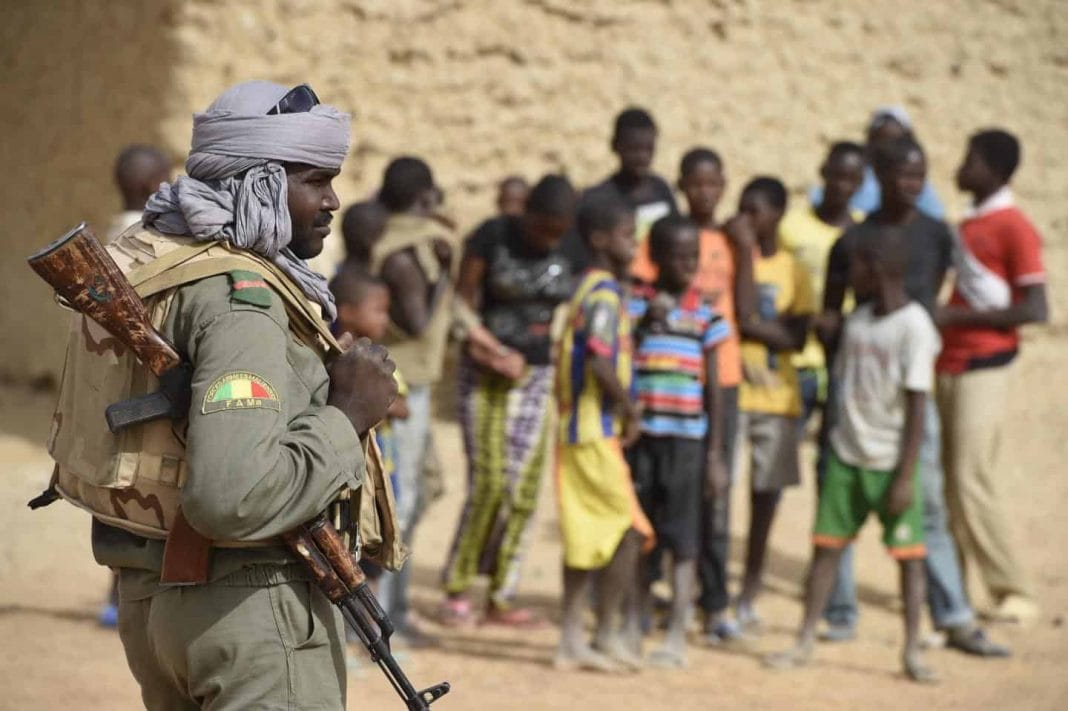Countries in the Sahel are facing several threats, including widespread violence and radicalization. One equally important threat is the one posed by demographic factors, which are likely to drive or increase violence and insecurity in the region in the future. Niger, Chad, Mali, and Burkina Faso will have to address this problem
Demographic Threat in Central Sahel: The Data
Niger has the highest fertility rate in the world at 7.2 births per woman over their lifetime. In comparison, the highest rate on any other continent is at 4.8 in Afghanistan, while Western countries range from about 1.5 to 2. In the Sahel, neighbouring Chad is at 6.4, Mali at 6, Burkina Faso at 5.5, and Mauritania and Sudan at 4.6 and 4.7.
With those numbers in mind, it is not surprising that Niger, Chad, Mali, and Burkina Faso have doubled their population in the last two decades. Following such rapid population growth, there must be a youth bulge. In Niger, 50% of the population is under 15 years old – while Chad, Burkina Faso, and Mali follow that closely at 47%. All of these have an extreme poverty rate at 37.6% – 38.6% (Extreme poverty is here defined as less than $1.90 per day and severely deprived of basic needs and essential public services). In comparison, in the Western world, 13-19% of the population is under 15 years old, while about 0.5% face extreme poverty.
Stress Factors for the Demographic Threat in Central Sahel
Whilst a young population could accelerate a growing economy, as believed by Tanzanian President John Magufuli, who has advocated against the use of birth control, assuming a vast workforce and consumer pool would be advantageous, most indicators point to the opposite. Since the Industrial Revolution, the connection between fertility decline and development has been solidly established and remains a generally accepted regularity within social sciences. Moreover, the countries of concern rely heavily on the agriculture sector for employment, except Burkina Faso, which has a diversified job market mainly due to the mining industry, which employs about 32%. In comparison, 29% are employed in agriculture and 39% in services. In Mali, 62% of the labour force works in agriculture, 76% does so in Niger, and 87% in Chad.
Being largely rural countries with people finding work in agriculture, the sector will be maxed out at one point. This is likely to exacerbate already existing competition over arable land and water. It might as well be due to cattle raiding and general thievery among the people in the region. This is already the root of violence today. Furthermore, the amount of arable land will likely decrease and be disrupted due to climate change. Erratic weather patterns will increase floods, droughts, desert storms, temperature increases, and reduced water accessibility.
These effects are evident in the Lake Chad area. The lake is drying up, forcing anglers to pursue work elsewhere, fuelling desertification, and driving farmers away. People will likely pursue work in urban areas. These are limited and will likely render many unemployed due to uniform economies ruled by corrupt and repressive regimes. That is when the youth bulge will find itself excluded and deprived of economic opportunity.
Then What?
A youth bulge is one thing; what stands out, in this case, are the rate, volume, and conditions. The UNDP ranked these four countries’ socioeconomic sustainability at 182, 183, 186 and 189 (out of 189). This indicates how low their ability to sustain the massive youth bulge is. Without economic opportunity, one turns to alternatives. In the Fezzan in southern Libya, many locals turned to smuggling. Northeast Nigeria has had many youngsters turn to Boko Haram. In Tunisia, combined with other socioeconomic factors, it sparked a revolution. Similar to these examples, the countries of concern also suffer from weak governance, violent groups, and repressive regimes.
Violent extremism in the Sahel is found to be driven by state inability rather than religious ideology. Hence, it is in the state’s interest to invest profoundly in accommodating their youth. Otherwise, they might turn to alternatives, which there is abundant in the Sahel.

